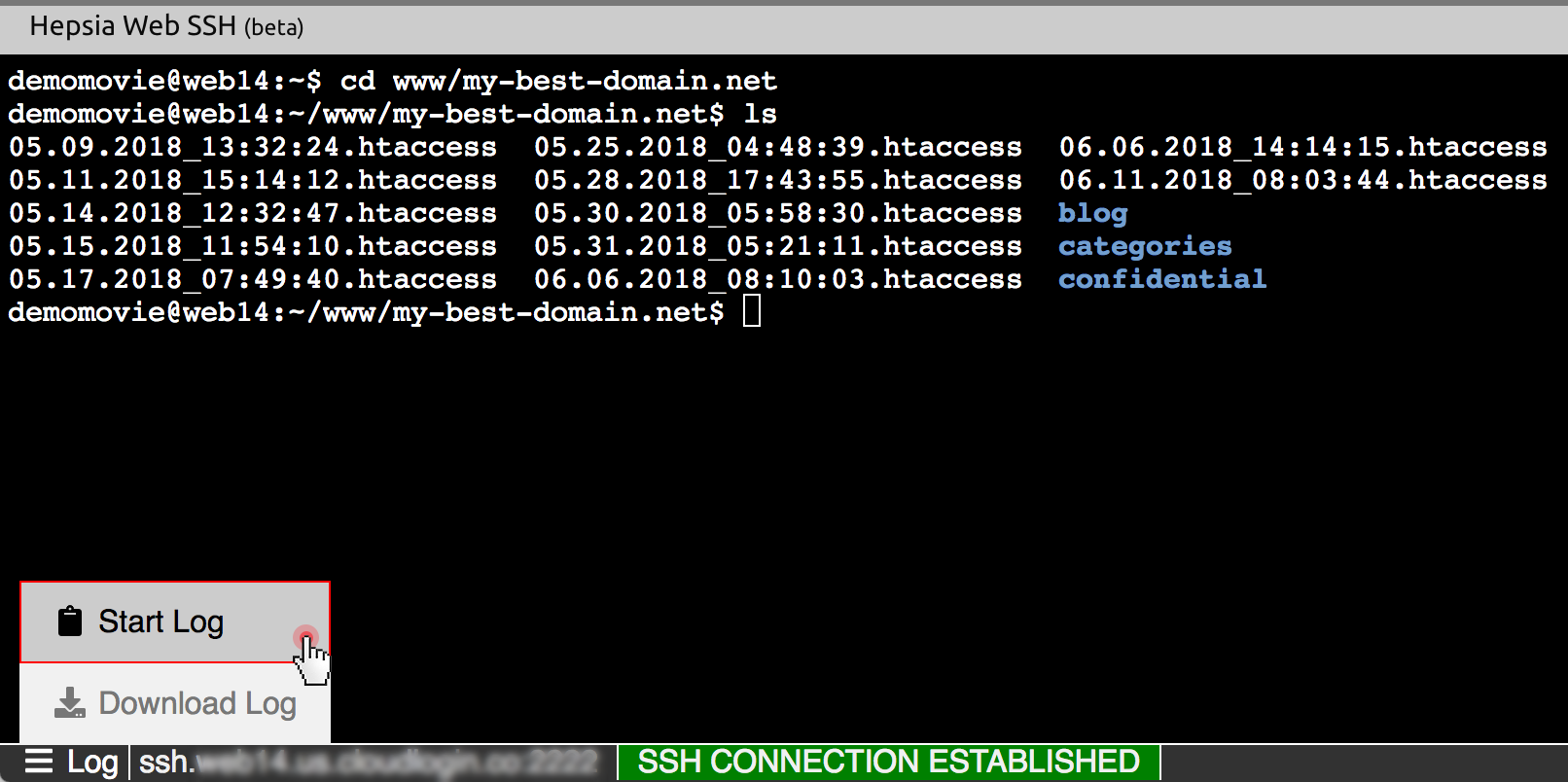

This option applies to protocol version 2 only.

If, for example, ServerAliveInterval (see below) is set to 15 and ServerAliveCountMax is left at the default, if the server becomes unresponsive, ssh will disconnect after approximately 45 seconds. The server alive mechanism is valuable when the client or server depend on knowing when a connection has become inactive. The TCP keepalive option enabled by TCPKeepAlive is spoofable. The server alive messages are sent through the encrypted channel and therefore will not be spoofable. It is important to note that the use of server alive messages is very different from TCPKeepAlive (below). If this threshold is reached while server alive messages are being sent, ssh will disconnect from the server, terminating the session. Sets the number of server alive messages (see below) which may be sent without ssh(1) receiving any messages back from the server. DEBUG2 and DEBUG3 each specify higher levels of verbose output. The possible values are: QUIET, FATAL, ERROR, INFO, VERBOSE, DEBUG, DEBUG1, DEBUG2, and DEBUG3. Gives the verbosity level that is used when logging messages from ssh(1). Note that this option applies to protocol version 1 only.

The meaning of the values is the same as in gzip(1). The default level is 6, which is good for most applications. The argument must be an integer from 1 (fast) to 9 (slow, best). Specifies the compression level to use if compression is enabled. If the option is set to no, the check will not be executed. This allows ssh to detect if a host key changed due to DNS spoofing. If this flag is set to yes, ssh(1) will additionally check the host IP address in the known_hosts file. The default is /root/.ssh/id_rsa, /root/.ssh/id_ed25519 and /root/.ssh/id_ecdsa.ĭelay after a connection failure before trying to reconnect. Specifies a file from which the user's RSA, ed25519 or ECDSA authentication identity is read. Note that this seems to be REQUIRED although being optional in older releases.


 0 kommentar(er)
0 kommentar(er)
